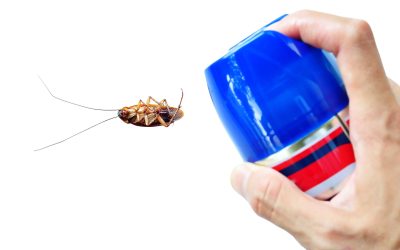Often, the first time a person comes across termites in CT is when they are cutting a piece of firewood. Firewood piles in particular areas of the country are common areas for finding termites. In those areas, it is important not to store the firewood near the home, in order to prevent causing an infestation in this manner.
If you inspect a piece of wood with a single termite, you will find a burrowing hole and the insect itself, in some stage of maturation. It is easy to understand how burrowing these holes through the support structures of your homes will be detrimental. However, this is only part of the story. Termites rarely exist on their own. They are eusocial insects that live in colonies, like ants and bees. Their colony can number in the millions. When a colony is established, it can render the nearby wood supply into sawdust. This is why you want to detect a termite infestation early. They can not only weaken your home, but also demolish it.
An important fact to note from the woodpile story is that you will not know there were termites in the pile until you cut the wood. This is excessively late to make the discovery. The initial signs of termites in CT are subtle, and no homeowner can afford to wait until the termites have established a colony before responding. This is why savvy homeowners who live in areas where termite infestation is a possibility setup regular inspections for their homes.
Once a termite infestation has been identified, on traditional form of control were chemical pesticides. However, over the past two decades, a new system known as the Sentricon Termite Colony Elimination System was developed by Dow AgroSciences. It is a baiting technique, which relies on the behavior of termites. Like ants, termites find food sources, and then set a pheromone trail for their colony mates. The Sentricon bait station is inserted at regular intervals in the colony area. The stations contain cellulose to attract the termites, as well as a growth inhibitor. As the stations are located, the inhibitor is disseminated throughout the colony. As each termite is exposed, it loses its ability to molt and subsequently dies. This method has been proven effective at wiping out entire colonies of termites in Connecticut, including those of the sol-called super termite.








